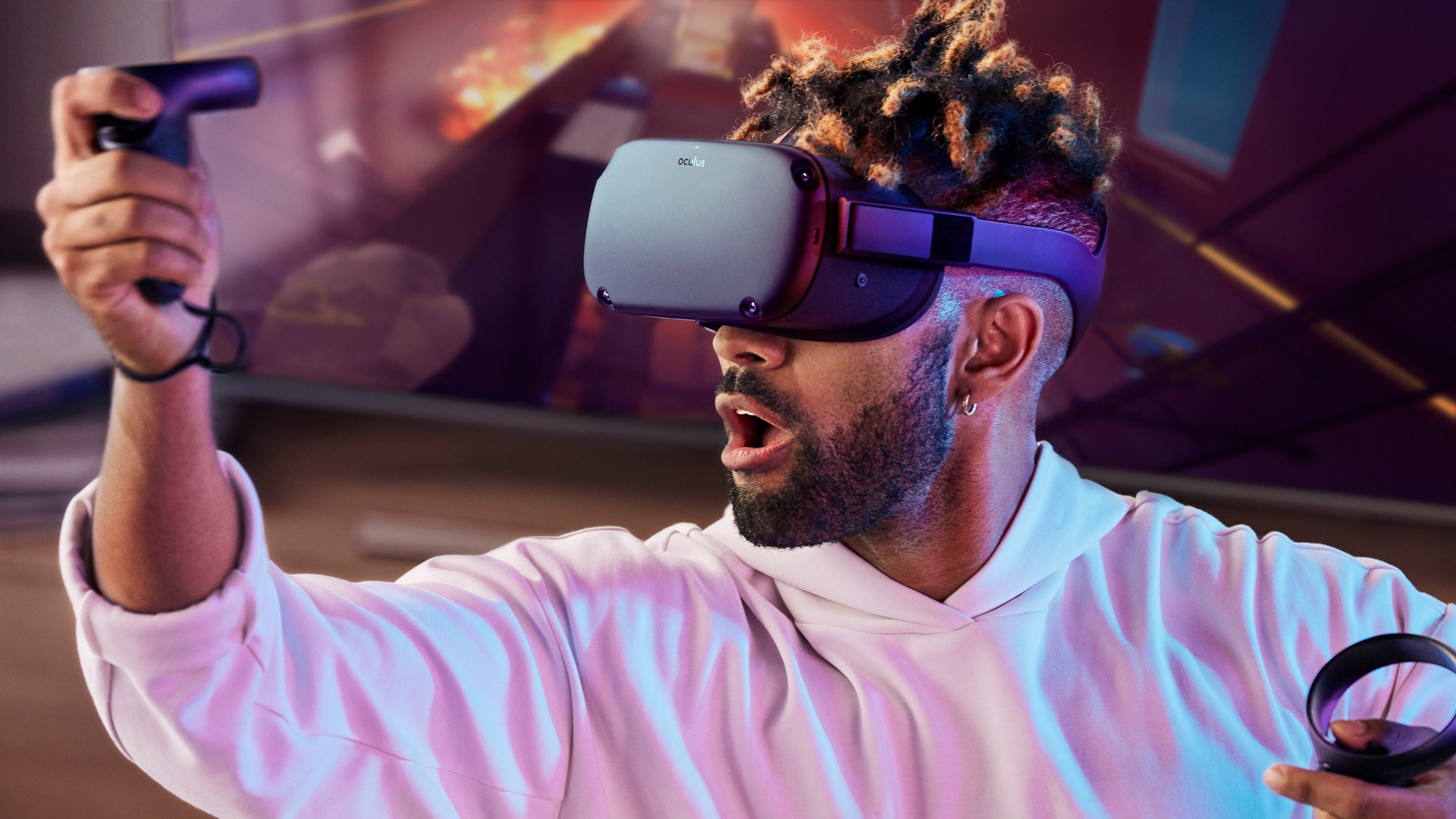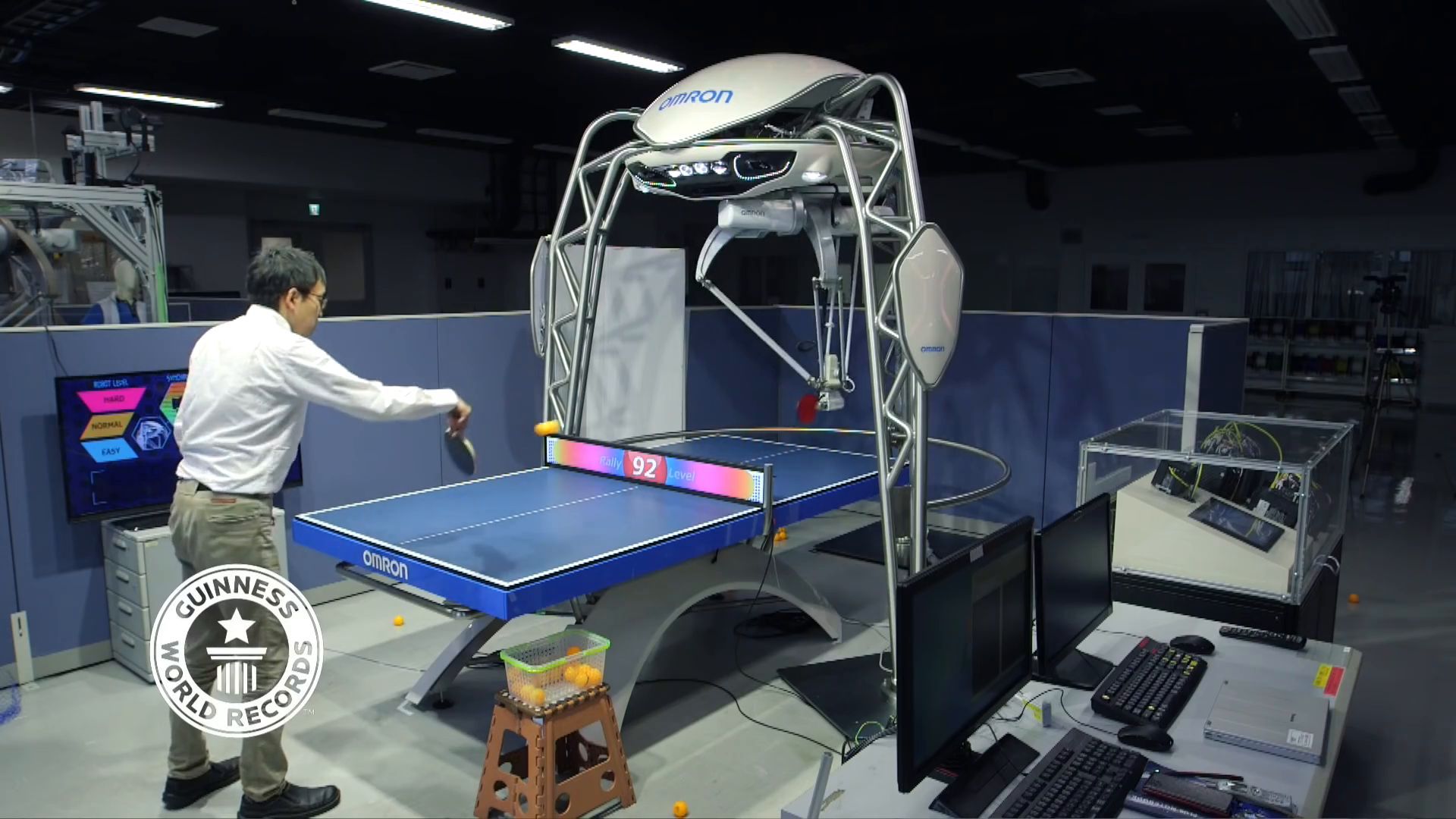U.S. Court Uses Virtual Reality to Analyze Self-Defense Case
A judge in Broward County has utilized virtual reality technology to reconstruct a self-defense case. This innovative approach provided participants with the defendant’s perspective, potentially reshaping the understanding of his actions.

Virtual Reality in the Courtroom
Broward County Judge Andrew Siegel made U.S. legal history by employing virtual reality (VR) technology in a self-defense case. This groundbreaking method allows for a more accurate recreation of disputed events and has significant implications for the justice system.
At the heart of the case is Miguel Albizu, a 45-year-old wedding hall owner accused of displaying a firearm in a manner perceived as threatening. Albizu maintains that his actions were purely defensive.
How VR Was Used
The VR system used during the hearing recreated the incident from the defendant’s perspective. Participants, including the judge, jury, and attorneys, experienced the scene as Albizu saw it, evaluating his field of vision, proximity to others, and the lighting conditions.
The defense argued that VR technology clearly illustrated the reasonableness of Albizu's actions, as others in his vicinity could have seemed threatening from his vantage point. The prosecution raised concerns about VR’s potential to distort reality due to technical limitations.
A New Era of Evidence?
VR use in the courtroom sparks debate over the role of technology in traditional legal proceedings. While similar experiments have occurred in Europe, this marks the first significant application of VR in a U.S. court.
Experts highlight the need for clear standards when adopting such tools. Critics worry that programming flaws or biased data input in VR reconstructions might misrepresent facts.
Opportunities and Challenges
If VR becomes more common in courts, it could transform how evidence and testimonies are evaluated. Witnesses might use VR to demonstrate their perspectives, and reconstructions could become more precise. However, integrating this technology will require investments in training and independent oversight.
The editorial board is not responsible for the content and accuracy of material taken, sent or obtained from other sources. The publication of such materials is for informational purposes only and does not imply automatic endorsement or approval of their content.



:focal(0.49:0.37):format(webp)/YXJ0aWNsZXMvaW1hZ2UvMjAyNS80LzIwMjIxMjAzLWdhZi11NTUtNzkwLmpwZw.webp?w=1920)





















